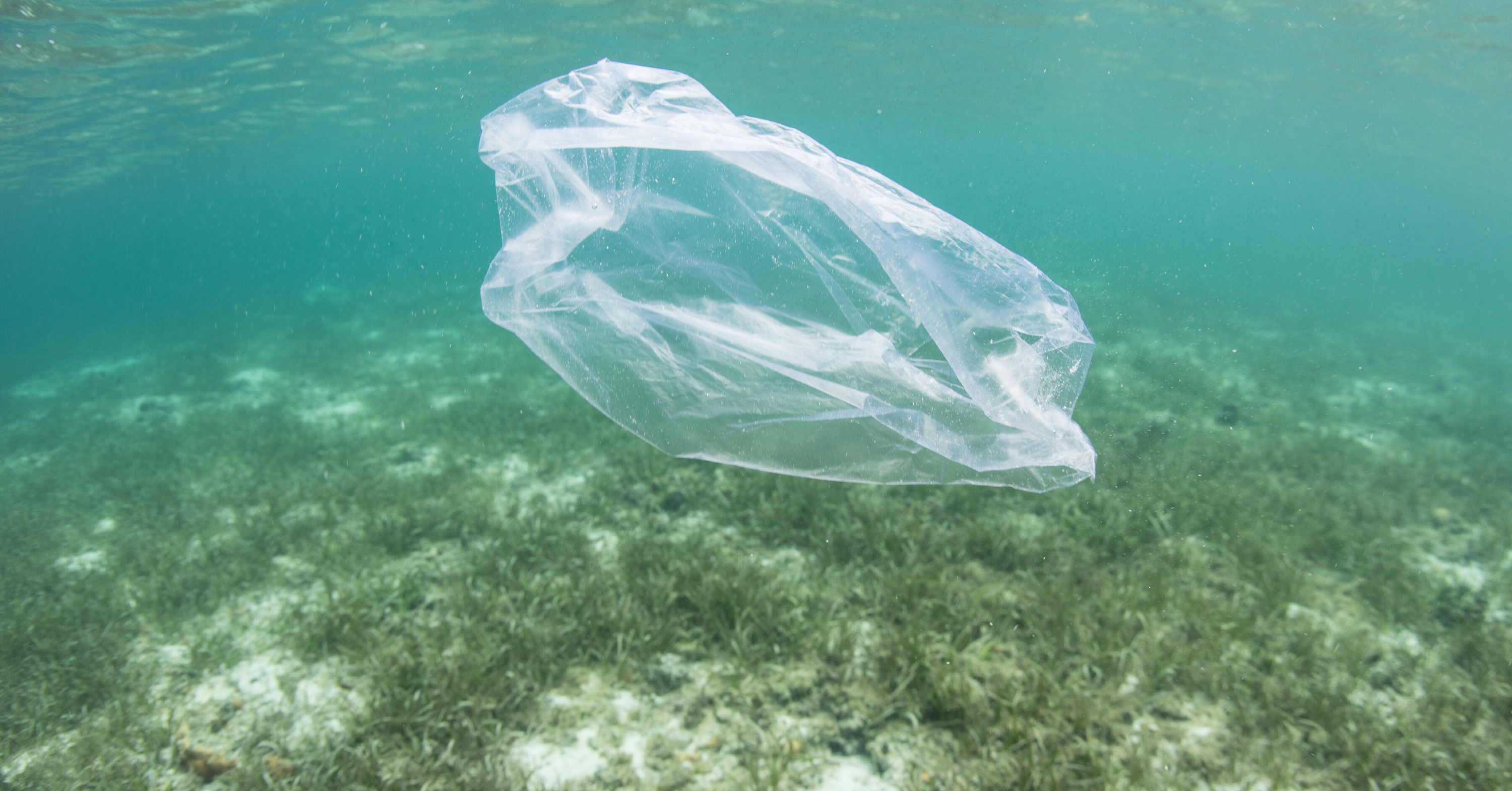Among the most worrying and critical issues affecting our environment is plastic pollution. Unfortunately, plastic waste normally gets disposed of in the oceans, thereby endangering marine and human life. Besides, the more single-use plastics we use, the worse the situation becomes, and the future consists of a mass problem. Therefore, there is a great need to reduce single use plastic. To find out more about them and why saying no to them is important, keep on reading.
What are Single-Use Plastics?

Before diving deep into why we should say no to single-use plastics, how about you first find out what they mean? Well, these are items that are made from fossil fuel and are normally thrown away after use. They are found in our day-to-day lives, and we end up getting rid of them in a matter of minutes after they have served us.
Thanks to their numerous uses, you can find single-use plastics on various things, such as in packaging. Perfect examples of single use plastics include straws, bottles, wrappers, and plastic bags. Moreover, in most cases, you use these goods individually, proving to be very convenient.
With single-use plastics, you don't have to worry about how you will carry your shopping from the grocery store, how you are going to carry the takeaway from your favorite restaurant, or even how your candy bar will be wrapped.
Moreover, they have some essential uses. They are used in surgical gloves. Moreover, individuals with certain disabilities use them too. Unfortunately, though, as much as many conveniences result from single-use plastics, the impact on the environment is not pleasing. This is especially a result of a very small percentage being used for the more appropriate and essential course.
Furthermore, the effects of single use plastics are experienced from one generation to the next.
Why Say No To Single-Use Plastics?
Plastic is easily accessible and is cheap. This makes it very common and hard to get rid of. However, due to an increase in its improper disposal, there is no doubt we should say no to single use plastics, especially to have a cleaner, healthier environment.
Additionally, since we value the convenience of using these plastics, we don't focus ahead on the long-term effects. The more we rely on plastic, and the more we accumulate waste.
It is very sad to hear discoveries and facts about plastic pollution each passing week. The aftermath is devastating since there are reported cases of whales and other sea animals who have died having eaten the microplastics.
Moreover, it is not shocking to hear other creatures have plastic in their bodies. For instance, birds, humans, and other smaller birds are among the organisms that are victims.
Therefore, this is a huge issue that requires to be addressed. Other statistics show similar conditions. Also, remember that plastic is not easily degradable; it can take up to 1000 years or more. Imagine how much plastic will be disposed of irresponsibly before that time reaches! Moreover, after some time, there are higher chances of plastic breaking down into equally dangerous microplastics. They are not only difficult to detect but are also present all over.
Are you still wondering why we should say no to single use plastics? Well, each year, the amount of plastic entering the water bodies is insane. It is estimated that the figure nears 12.7 million tons. Another estimation is that by the year 2050, the number of plastics in the oceans will exceed that of fish.
The amount of plastic disposed of in the oceans and other water bodies is increasing greatly. If we are not careful, the effects are going to be so dire. Our environment is at stake, and our health is also at stake. Remember, you can inhale the microplastics in the ocean. This is hazardous for your health and wellbeing.
So, the fact that plastic is neither your friend nor your environment’s, you should say no to it regardless of whichever you use; from straws, plastic bottles, plastic containers, to cutlery.
With this information, are you already charged up towards saying no to single use plastic? Perhaps you are wondering how exactly you can do that. Well, don’t worry.
How to say No to Single-Use Plastics
Well, once you are equipped with knowledge and information, you can be moved to action. If this is the case, you might want to know what you are expected to do differently to minimize the adverse effects of plastic waste, and the environment and marine life are well protected. One look round your home or kitchen, you see a variety of plastic items. They come in handy when needed for food packaging and storage. Also, in most cases, people put trash in plastic bags, which eventually end up in landfills.
On the other hand, you can have a plastic liner in your trash can. As much as it makes your cleaning easier, it still leads to pollution. Therefore, does it mean there is nothing you can do about what you already possess?
Even when you have used plastic items all your life, you can still make some changes. There are certain effective steps you can take to reduce your consumption of single use plastics.
When you go out shopping, why not carry a reusable bag? Also, why not opt to carry your bottle or container. This way, you get to reduce how much you use plastics in your daily life. Moreover, you can recycle single use plastics. However, this isn’t quite effective since a very small percentage is recycled, a majority end up in landfills.
Conclusion
Single-use plastics are very convenient, come in handy and help you accomplish so much in your day-to-day activities. Unfortunately, they are improperly disposed of, and they end up in oceans and landfills. This causes a serious threat to marine life, and humans too. What's more, there are realizations that the situation might worsen in the future. Therefore, you have all the reasons to say no to single use plastics.

